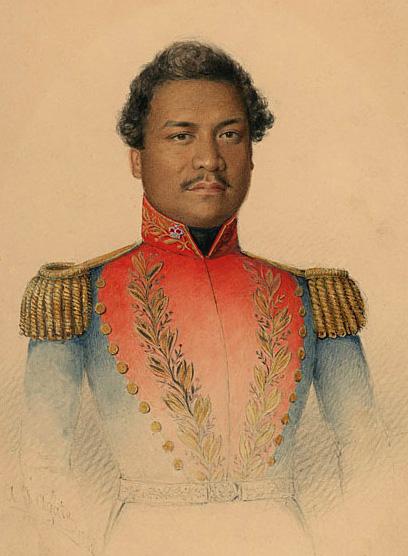By Sheridan Ashlynn Steen
In 1898, the United States formally annexed Hawaii, a chain of eight South Pacific islands. But what were the islands’ cultural and political history prior to becoming the 50th U.S. state? And what factors led to the islands’ eventual colonization?
 For her Texas History Day submission, Incarnate Word Academy student Sheridan Ashlynn Steen researched the history of Hawaii’s annexation, arguing that it constituted a “major turning point, not only in the history of Hawaii, but also in the history of the United States. Hawaii lost its independence, unwillingly became a United States territory, gained a larger population of foreigners than native Hawaiians, and lost much of its culture. The United States, on the other hand, secured military advantage, economic enrichment, and the first territory outside of its boundaries. America’s annexation of Hawaii extended its territory into the Pacific, resulting in economic integration and leading to its rise as a Pacific power.”
For her Texas History Day submission, Incarnate Word Academy student Sheridan Ashlynn Steen researched the history of Hawaii’s annexation, arguing that it constituted a “major turning point, not only in the history of Hawaii, but also in the history of the United States. Hawaii lost its independence, unwillingly became a United States territory, gained a larger population of foreigners than native Hawaiians, and lost much of its culture. The United States, on the other hand, secured military advantage, economic enrichment, and the first territory outside of its boundaries. America’s annexation of Hawaii extended its territory into the Pacific, resulting in economic integration and leading to its rise as a Pacific power.”
Click the link above to read more of Sheridan’s fascinating paper.
Sheridan Ashlynn Steen
Incarnate Word Academy
Corpus Christi, TX
Individual Paper
Photo Credits:
Painting of Kamehameha III (1813–1854), an Hawaiian monarch who signed an 1851 accord establishing strong military and political ties between the United States and Hawaii (Image courtesy of Wikimedia Commons)



